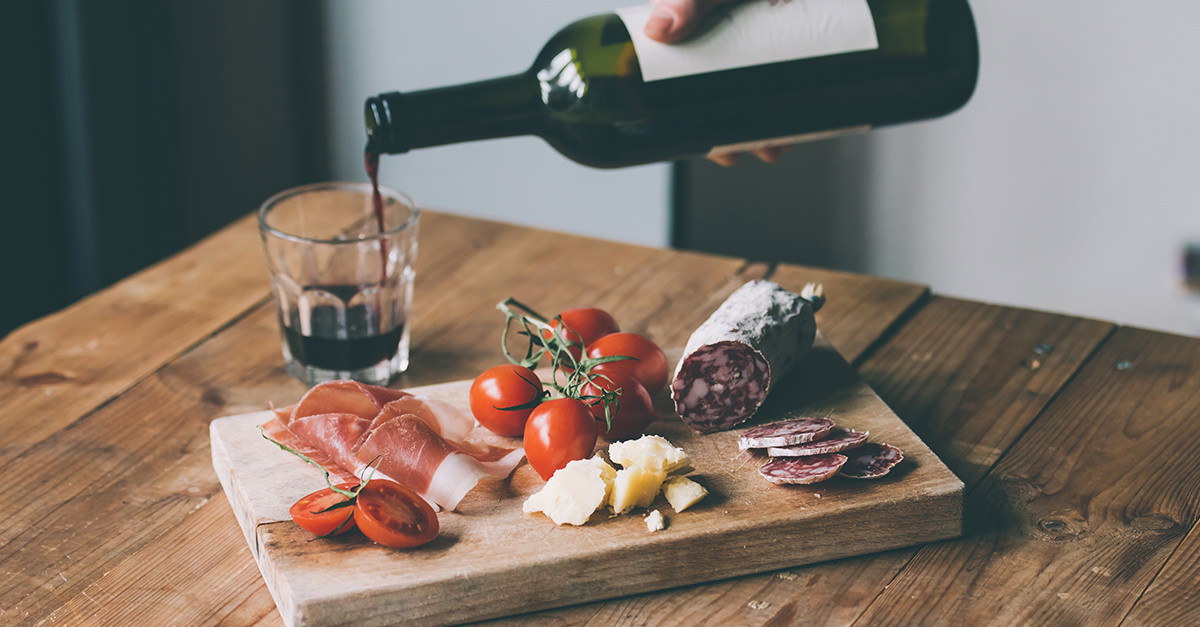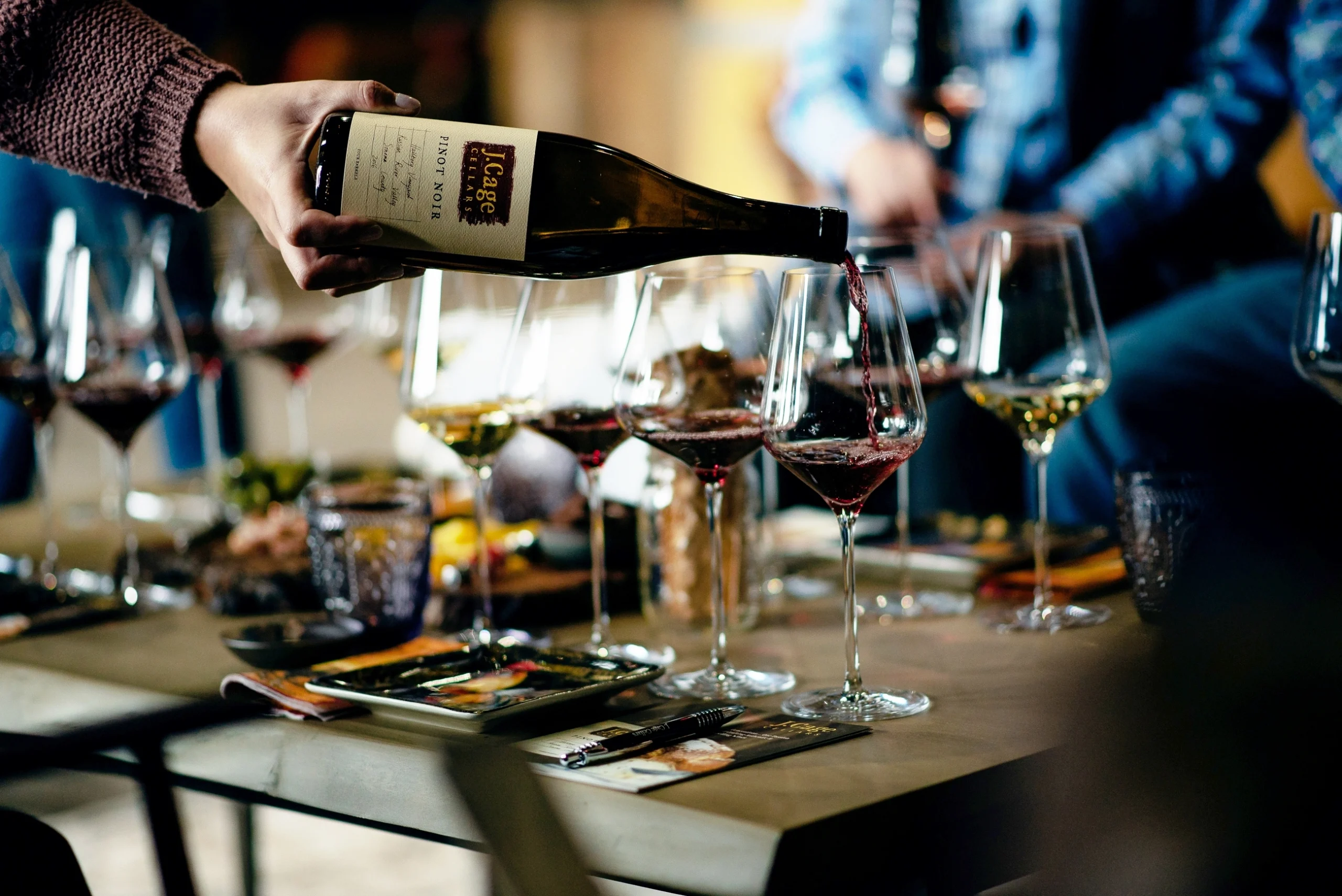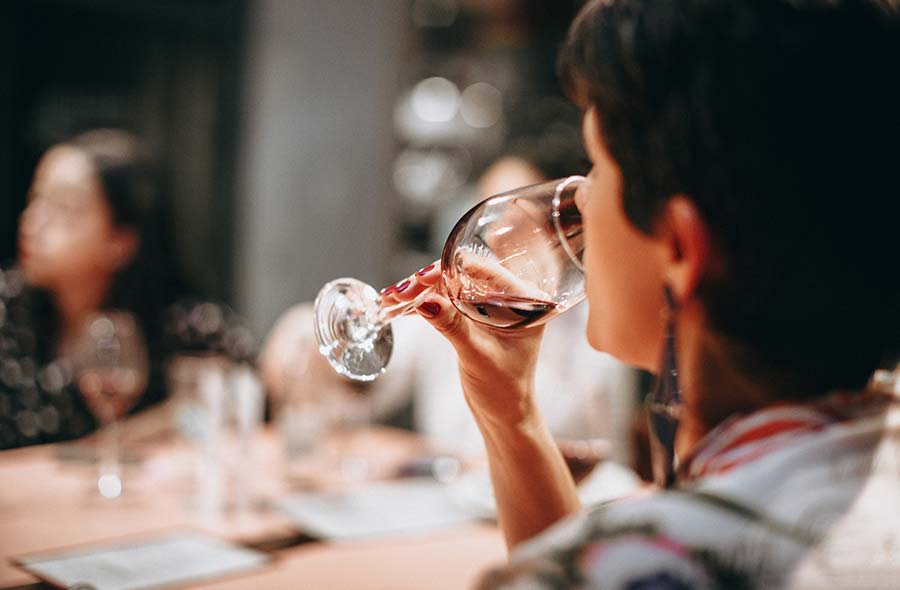Visiting a vineyard can be a great adventure, especially for those new to wine. Wine tasting can seem intimidating, especially if you are unfamiliar with the different types, the making process, or the etiquette involved. However, with a little preparation and knowledge, wine tasting can be a fun and educational experience.
As a result, wine-tasting trips have become very popular all over the world. Therefore, you can start with a vineyard in your area. In this article, we will introduce you to tips that will help ensure that your wine-tasting experience is enjoyable and memorable. Whether you are a seasoned wine drinker or a first-timer, these tips will help you to get the most out of your visit to the vineyard.
1. Know Your Limits
When going on this course, it is important to understand your limits. Some people can drink a lot without affecting their ability to taste and appreciate the flavors, while others might find that even a small amount of wine can impact their senses. To ensure you get the most out of your wine-tasting experience, it is a good idea to eat a light meal before you start and to drink plenty of water between each taste. That will help keep you hydrated and prevent you from getting too intoxicated. If you are tired or sluggish, it is best to limit yourself to just a few sips.
2. Avoid Certain Food

Before you start, having a clean palate is important. That means avoiding foods and flavors that can interfere with your ability to sense the right taste, such as garlic, mint, or coffee. For example, chewing on bread or crackers can help cleanse your palate and prepare it for the best experience. It is also a good idea to brush your teeth or rinse your mouth with water before you start, as this will help to remove any residual flavors that could interfere with your ability to taste.
3. Take Note of the Aroma
One of the most important aspects of wine is its aroma. Take a moment to smell it before you taste it. That will help you understand what flavors to expect and highlight any imperfections. The aroma can be affected by many factors, such as the type of grape used, the making process, and the age. Pay attention to the aromas you smell and try to identify the different scents, such as fruit, floral, earthy, or spicy.
4. Look at the Color

The drink’s color can provide insight into its age, type, and wine-making process. For example, a younger one will be a deeper red color, while an older type will be lighter. Be sure to take note of the color of each drink you taste, as it can provide valuable information about the characteristics. The color can also give you a clue about its body, which refers to the weight and texture. For example, a light-bodied one will be more translucent, while a full-bodied wine will be darker and more opaque.
5. Taste it in the Right Way
When it is time to taste the wine, take a small sip and hold it in your mouth for a few seconds before swallowing. That will allow you to taste the various flavors and identify any imperfections. As you taste it, pay attention to the flavors you experience, such as fruit, spices, tannins, and acids. Try to identify the different elements and take note of the balance between the flavors. For example, it may not be high quality if it is too acidic, sweet, or bitter.
6. Spittoon Etiquette

Most places will provide a spittoon to dispose of the wine you don’t swallow. Using the spittoon properly is important to avoid making a mess and show respect for the other tasters. When using the spittoon, aim for the center of the container and be mindful of the amount you are spitting out. If you need to dispose of a large amount, it is best to do so discreetly to avoid disturbing other tasters.
7. Ask Questions
This experience is a great opportunity to learn about this drink and the making process. Don’t be afraid to ask questions and engage with the taster or sommelier. They can provide valuable information about the different types you are tasting and can help you to understand the nuances of each one. Whether you are interested in the history of the vineyard, the making process, or the different types of grapes used, the professional taster or sommelier can provide valuable insights.
8. Take Your Time
Keep in mind that this can be fast-paced, and it can be tempting to rush through each wine to keep up with the group. However, it’s important to take your time and savor each wine. Rushing through the tasting can prevent you from fully experiencing each wine and appreciating the different flavors and aromas. If you’re feeling overwhelmed, take a break and return to the tasting when ready.
9. Consider the Aftertaste

The aftertaste can be just as important as the taste itself. After swallowing, pay attention to any flavors that linger in your mouth. That can give you a good idea of the overall quality and whether or not it would be a good pairing with food. A long and satisfying aftertaste is a sign of high-quality wine, while a short and bland aftertaste can indicate a less desirable one. Consider the aftertaste of each type you taste and note how it impacts your overall impression.
Last Words
As you can see, visiting an event where you will have a chance to taste different types of wine is not as simple as some might think. There are some rules that you should follow, and the best thing about most of these rules is that they will help you get the most out of your experience. In the end, there are always experts in this field, and you should not be afraid to ask them about advice on how to improve your tasting habits, what to eat, how to dress, and more.




